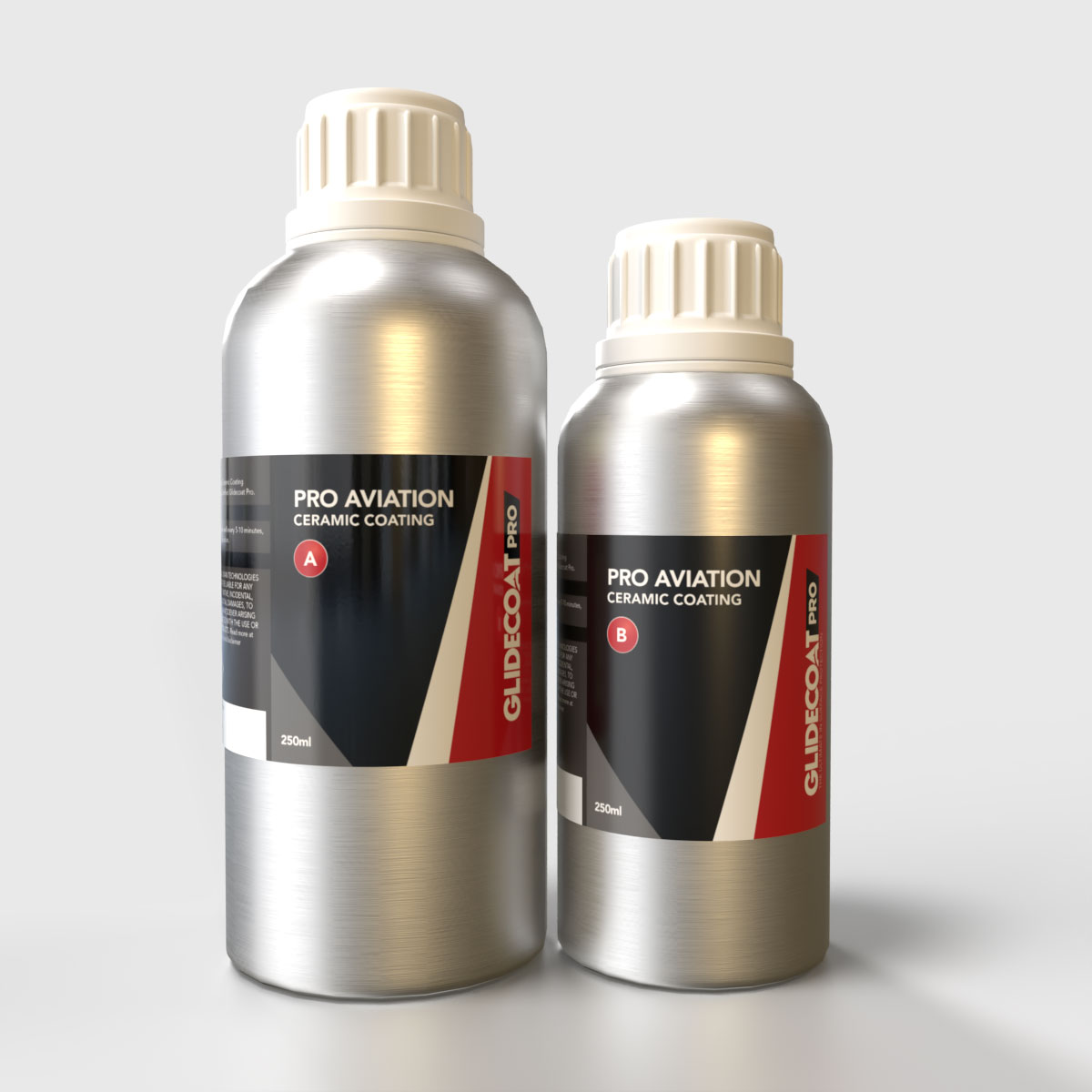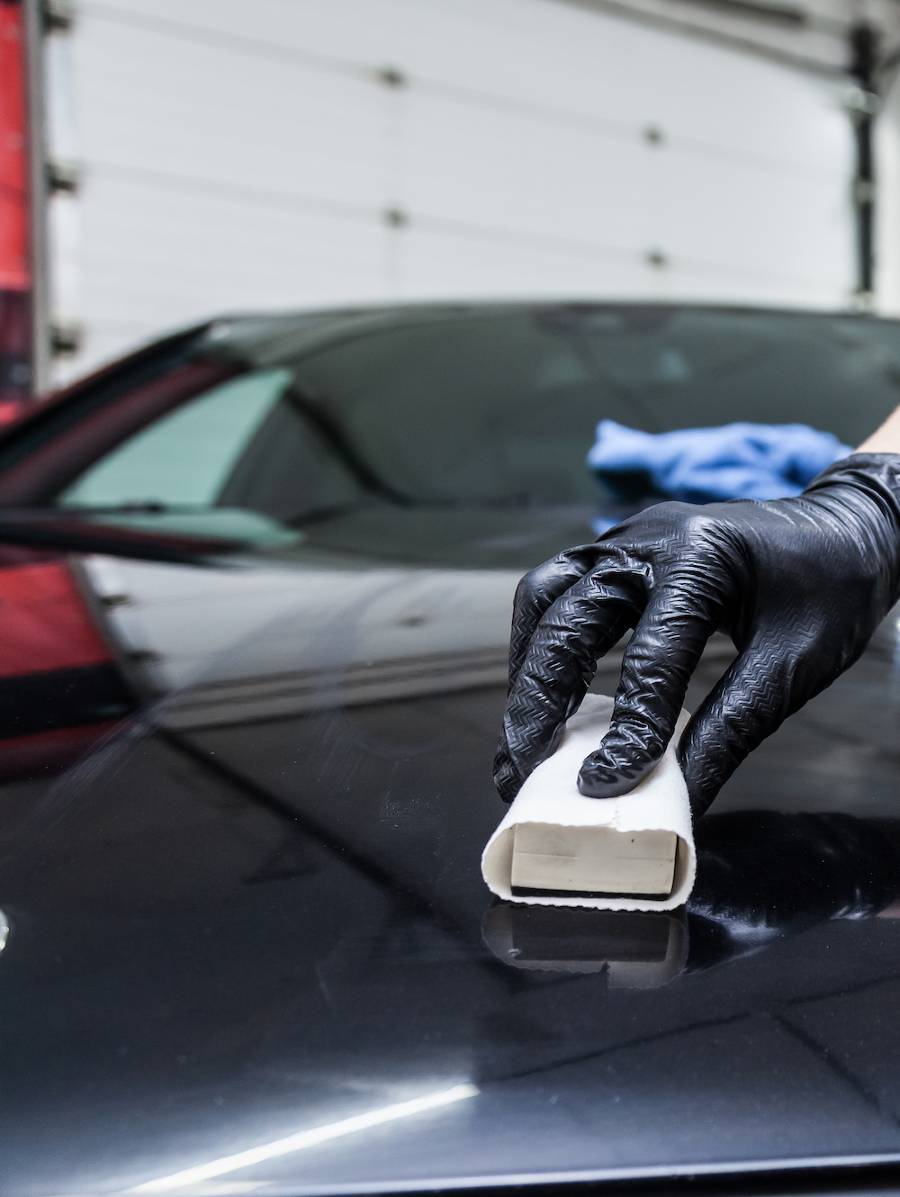Why Drivers Trust Ceramic Coating Philadelphia for Superior Automobile Treatment
Why Drivers Trust Ceramic Coating Philadelphia for Superior Automobile Treatment
Blog Article
Why Ceramic Finish Is the Ultimate Remedy for a Flawless End Up
Ceramic coating has actually become a leading solution for those looking for a remarkable coating for their vehicles, thanks to its amazing durability and protective attributes. This advanced fluid polymer not just bonds perfectly with manufacturing facility paint however also provides an awesome barrier against typical threats such as scrapes, UV rays, and ecological toxins. Its hydrophobic properties streamline maintenance while boosting visual charm. Recognizing just how this innovation compares to traditional methods and discovering its application subtleties can disclose even a lot more regarding its worth. What variables really established ceramic finishing apart?
What Is Ceramic Layer?

When applied appropriately, ceramic coating develops a hydrophobic surface that drives away water and dust, making it simpler to keep and clean. Unlike typical waxes or sealers, which commonly use short-term defense, ceramic finishes can last for several years, depending upon the product high quality and application method. The procedure of applying ceramic layer calls for precise prep work, consisting of complete cleansing and often repaint modification, to make certain ideal bonding and efficiency.
Ceramic coatings are not restricted to auto surfaces; they can likewise be used on numerous products, including glass, steel, and plastics, giving a versatile service for boosting security. On the whole, ceramic finishing stands for a substantial development in surface area defense innovation, integrating both visual and functional benefits for a large array of applications.
Benefits of Ceramic Finishing
While many surface protection alternatives exist, the advantages of ceramic finish attract attention due to its unique residential or commercial properties and resilient performance. Among the main advantages is its outstanding durability. Ceramic Coating Philadelphia. Unlike standard wax or sealants that require constant reapplication, ceramic layers offer a durable layer that can last for numerous years, considerably decreasing maintenance initiatives
Another notable advantage is boosted security versus environmental impurities. Ceramic finishings create a hydrophobic surface area that wards off water, dust, and numerous pollutants, making it simpler to cleanse. This attribute not just maintains the lorry's appearance however likewise decreases the threat of rust and oxidation, particularly in severe weather.
Moreover, ceramic coverings offer superior resistance to UV rays, stopping fading and degradation of paint gradually. This UV defense is crucial for keeping the aesthetic value of cars and surfaces exposed to direct sunlight.
In addition, the glossy surface attained with ceramic coating boosts the overall visual appeal, giving surfaces a showroom-quality shine. In general, ceramic layers represent a substantial innovation in surface area protection innovation, offering long-lasting advantages that accommodate both aesthetic and practical needs.
Exactly How It Works
Understanding the science behind ceramic finishings reveals exactly how they supply such amazing protection and durability. At its core, a ceramic layer is a liquid polymer that chemically bonds with the automobile's manufacturing facility paint.
The application procedure includes numerous actions, consisting of surface prep work, which is crucial to achieving optimal adhesion. As soon as used, the covering goes through a healing process, during which it sets and forms a semi-permanent bond with the paint surface. This bond is what identifies ceramic coatings from traditional waxes and sealers, supplying a longer-lasting safety obstacle that can sustain for years.
In addition, the thickness of the coating can enhance its safety high qualities, ensuring that it can stand up to extreme problems. Eventually, the science of ceramic layers incorporates advanced materials with innovative application techniques to deliver an unmatched degree of defense and visual enhancement for vehicles.
Contrast With Conventional Techniques
The benefits of ceramic coverings come to be particularly apparent when compared to conventional paint security methods such as waxes and sealers. While waxes offer a momentary sparkle, commonly lasting a couple of weeks to a couple of months, ceramic coatings provide a the original source lasting protective layer that can sustain for a number of years. This sturdiness substantially decreases the frequency of reapplication, making ceramic coatings a more economical service in time.
In addition, conventional methods typically call for extensive prep work and numerous applications to achieve a sufficient level of security. In comparison, ceramic layers bond at a molecular level with the lorry's surface, developing a durable shield against environmental pollutants like UV rays, acid rain, and roadway salts. This bond improves the automobile's resistance to scratches and swirl marks, which prevail with conventional waxes and sealants.
Furthermore, the hydrophobic residential properties of ceramic layers ward off water and dirt, causing much easier cleansing and upkeep. In contrast, wax and sealant-treated surface areas can bring in crud, demanding more frequent cleaning - Ceramic Coating Philadelphia. Generally, ceramic coatings not only offer premium defense yet also deliver a much more visually enticing and enduring coating, developing them as the recommended selection for critical car owners
Application and Upkeep Tips

Using a foam applicator, apply the coating in small sections, following the maker's guidelines relating to thickness and overlap. Allow sufficient treating time between layers, generally 24 hr, to make sure correct bonding. After application, it helpful hints is vital to prevent direct exposure to water or harsh components for at the very least a week to allow the layer to fully cure.
For upkeep, wash the lorry routinely with pH-balanced soaps and stay clear of rough products. Touchless vehicle laundries are suggested to reduce damaging. In addition, making use of a ceramic upkeep spray can enhance the finish's hydrophobic properties and durability. Regular evaluations for any indications of wear will aid keep the layer's stability and preserve that immaculate coating.
Verdict
In verdict, ceramic finishing arises as a remarkable choice for attaining a flawless vehicle finish. By creating a durable official source bond with factory paint, ceramic coating effectively guards versus scratches, UV rays, and environmental contaminants.

Report this page